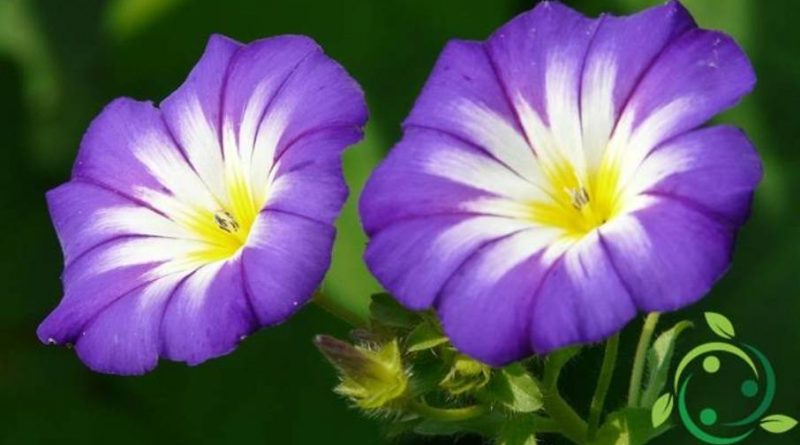How to cultivate the Ipomoea
How to cultivate the Ipomoea
Ipomoea is a genus of plants (Ipomoea L., 1753) of the Convolvulaceae family to which about 500 species known generically with the name of bells belong.
It is a genus native to tropical Asian and American countries. In Italy, in the spontaneous state, Ipomoea purpurea, Ipomoea sagittata and Ipomoea stolonifera are present.
In this sheet we will see how to cultivate Ipomoea following the most appropriate indications.
Bulbous species generally need light, deep soils and multiply by offshoot or by sowing; the annual herbaceous species are easy to cultivate, they require areas with warm and sunny exposure, well-fertilized soil, they multiply by spring sowing in the early spring period and follow long-lasting summer blooms.
We see some species of Ipompoea. Some species are annual, perennial climbers and we also remember two ornamental species with bulbous roots: Ipomoea bonariensis, which is native to Argentina and Ipomoea pandurata which is a very rustic plant native to America Northern. Some species are climbers with twining stems, with heart-shaped leaves, and campanulate summer flowers, of lilac-purple color such as Ipomoea bonariensis and white in color with a red throat as in Ipomoea pandurata.
We also remember, among the annual herbaceous species, creepers and fast-growing, with heart-shaped leaves, the Ipomoea purpurea, a plant with large campanulate-funnel-shaped flowers, of violet or red-purple color with a white throat, with numerous white-flowered varieties or deep blue. Very interesting is the Ipomoea hederacea which has large sky-blue flowers with a white throat; another ornamental plant is Ipomoea tricolor, a native of Mexico, which has blue flowers when they have just bloomed and that over time become pink and finally purple.
Another interesting species is the Ipomoea quamoclit, which is very decorative, of modest development, not very rustic, originating from the tropical Asian areas, with light and pinnate foliage, small tubular flowers of scarlet-red color.
Ipomoea versicolor is also beautiful, known as Mina lobata, which has small carmine-red flowers that turn yellow over time.
Among the many varieties the most common is the hypomea Bella di Giorno or convolvulus, a creeping or climbing plant that can reach up to 10 meters in length. The stems are covered with green heart-shaped leaves.
In general, therefore, the Ipomea are cultivated as climbing plants for ornamental purposes both in pots and in the garden; they are ideal plants to cover trellises, railings and gutters or to create pergolas.
They are fast-growing plants that need bright places or, at the very least, semi-shadows but sheltered from the wind.
To give the best and most vibrant blooms, in addition to sunny exposure they need very organic, preferably loose, draining soils while for pot cultivation a universal soil mixed with well-draining sand must be prepared.
Irrigations must allow plants cultivated in the garden to never leave the soil excessively dry without, however, exceeding as they are plants, especially bulbous plants that can use soil moisture very well (so long as this is very organic); for the cultivated species in pots the irrigations must instead be constant and regular above all in the warmer period.
For the fertilization of species cultivated in the garden, a good organic fertilizer must be prepared before being planted with mature manure or earthworm humus, perfectly mixed with the growing medium and slightly increasing the quantity at the sowing or planting points of these species . For plants cultivated in pots, substrates with 70% of soil for flowering plants and 30% of silica sands should be prepared and administered every 15 days with low fertilizer nitrogen fertilizers diluted in the water used for watering.
As for the propagation of Hypomeas this can be done by seed, cutting and offshoot. The optimal time for sowing is the spring one by placing the seeds at a distance of about 20 cm. To favor seed germination it is advisable to soak them in warm water for 2 – 3 hours.
Finally, a hint about possible pests or diseases; it must be said that the hypomee are very resistant plants and are rarely attacked, so they are very suitable in areas where we leave nature a little breathing space.

